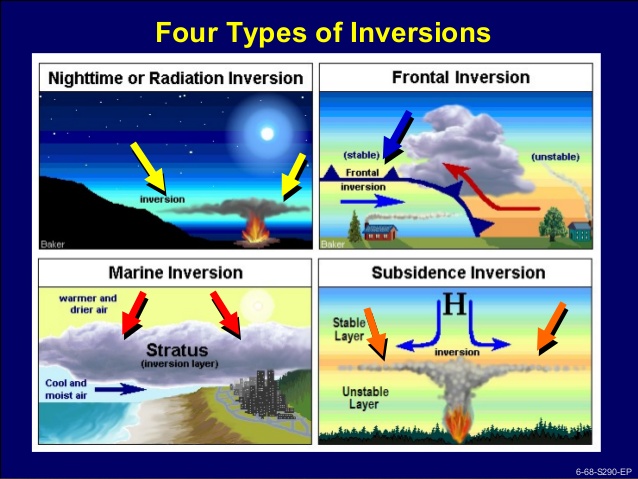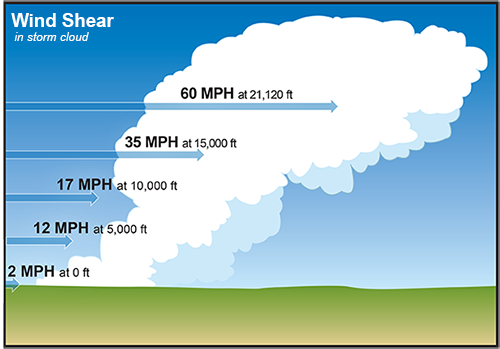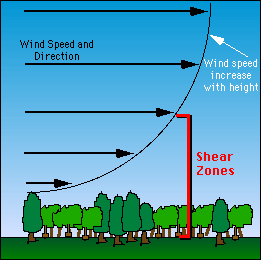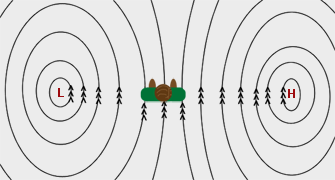Explain the effect of inversions on:
- a) the formation and development of cloud;
b) visibility;
c) turbulence;
d) the relative humidity and Dew Point;
e) the increased risk of carburettor icing;
f) the presence of wind shear.
- g) Aircraft performance
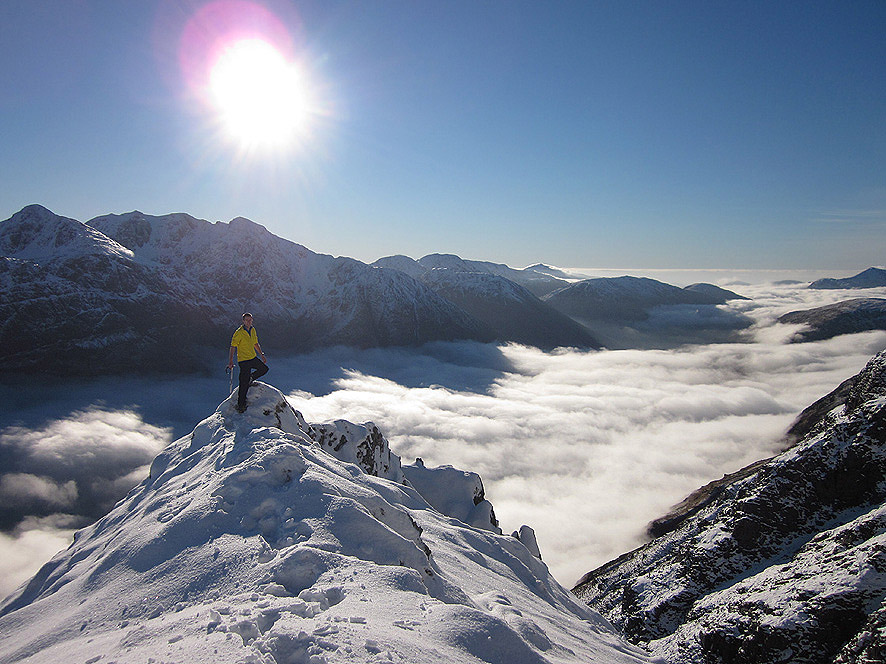
a) Cloud Formation;
As a consequence of an inversion – at some height, usually 6-8,000 ft a thin inversion layer forms. Cooling of the rising air involves condensation and this is demonstrated by a layer of stratiform cloud at the inversion level.
b) Visibility;
Around mid morning the base of this cloud will rise to the stage where its base will reach cloud top and then the cloud is said to have burned off. Above the inversion, we get clear skies with great visibility, where as below the inversion visibility is generally not as good.
(c) Turbulence;
Beneath an inversion, light mechanical turbulence is common. Just below the top of the inversion the turbulence may become moderate as the fast-moving laminar air above the inversion interacts with the slower moving air beneath, creating wind shear. Above the inversion, the turbulence will cease, even though the wind speeds will almost certainly be higher than at lower levels.
(d) Dew point;
Inversions cap most of the vertical transport of moisture from the earth’s surface. This means that, assuming no
other factors are at play, the water vapour content of this air will slowly increase over time, and so will the dew point
temperature. The relative humidity may or may not increase depending on the temperature of the air beneath the
inversion
(e) The increased risk of carburettor icing;
Not only does the risk of carburetor icing increase in an inversion, but the severity is likely to increase slightly
as well. This is simply because the air beneath the inversion traps increasing amounts of water vapour. As the
pressure in the carburektr venturi decreases and the air rapidly cools, the air containing a higher water vapour
content will more readily form ice if the temperature falls below 0 degC within the barrel.
(f) The presence of wind shear.
I
nversions enhance the effect of wind shear by decoupling (or separa=ng) the faster moving air above the
inversion from the slower moving air beneath. Thus, inversions are almost always associated with turbulence
due to wind shear. When inversions occur close to the ground, the risk posed by this wind shear increases .
(g) Aircraft performance.
Apart from the turbulence and wind-shear already covered above, most aircraft will experience some degradation in
performance when passing through an inversion. Some light aircraft, particularly some 4 or 6 seaters, are quite
under-powered for the tasks they are often called upon to perform. An aircraft that is loaded full of people and fuel
(but still within the performance envelope at take-of) may well struggle to climb through an inversion. This is
because the air within the inversion is considerably less dense then the air was at take-of due to the combined
effects of increasing temperature and lowering pressure.

